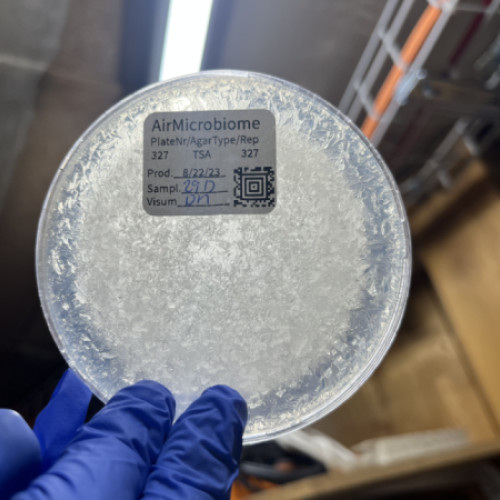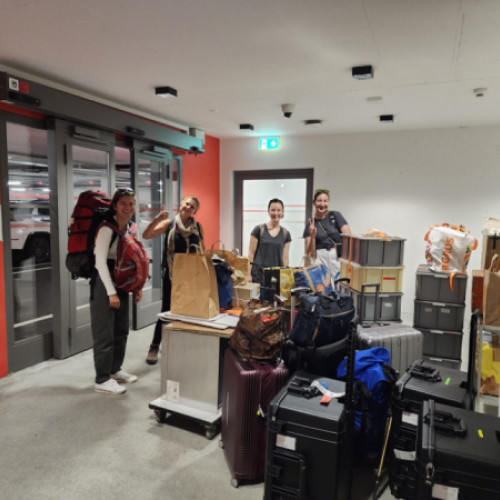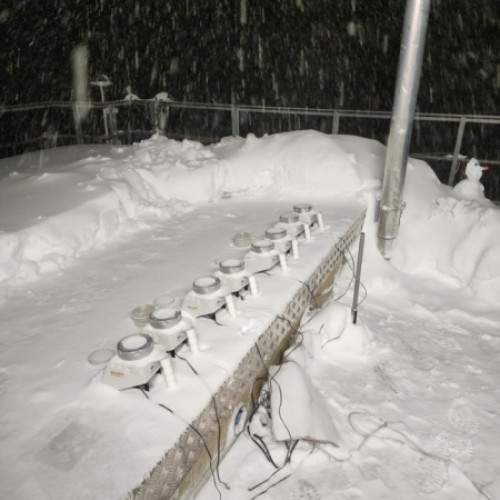Exploring the Air Microbiome: A High-Altitude Expedition
Have you ever heard of the air microbiome? The research team from Stephan Schuster from the Nanyang Technological University (Singapore) is delving into this lesser-explored realm of microorganisms in the air. They've uncovered fascinating findings, including daytime domination by bacterial DNA and nighttime prevalence of fungi (Gusareva et al., PNAS, 2019). But how much of this DNA originates from viable organisms? And how is the air composition in the troposphere, at the Jungfraujoch (JFJ, 3500m asl)?
To answer this question, the NTU team approached us due to the Institute's expertise in culture-omics – the sampling, isolating, and growing of microorganisms on agar plates. Together with Elisa, a PhD in our group, we carefully designed the experiment, decided on different agar plates, and organised the logistics of this field expedition to the high altitudes of the Jungfraujoch. Armed with minimal equipment and sheer determination, we set up a makeshift lab at 3600m altitude. Our mission? Extensive air sampling using specialized devices and agar plates.
Days at the research station were challenging, with breathlessness and harsh weather conditions. Equipped with masks and gloves, we braved the cold and contamination to conduct our experiments. After six days, we returned with precious samples for analysis.
Back at IMM, the Jungfraujoch Culture Collection (JFJCC) was born, containing samples from the high altitude and Zurich. These samples will be sequenced and analyzed, paving the way for exciting insights into the aerial domain. Stay tuned for more discoveries!











